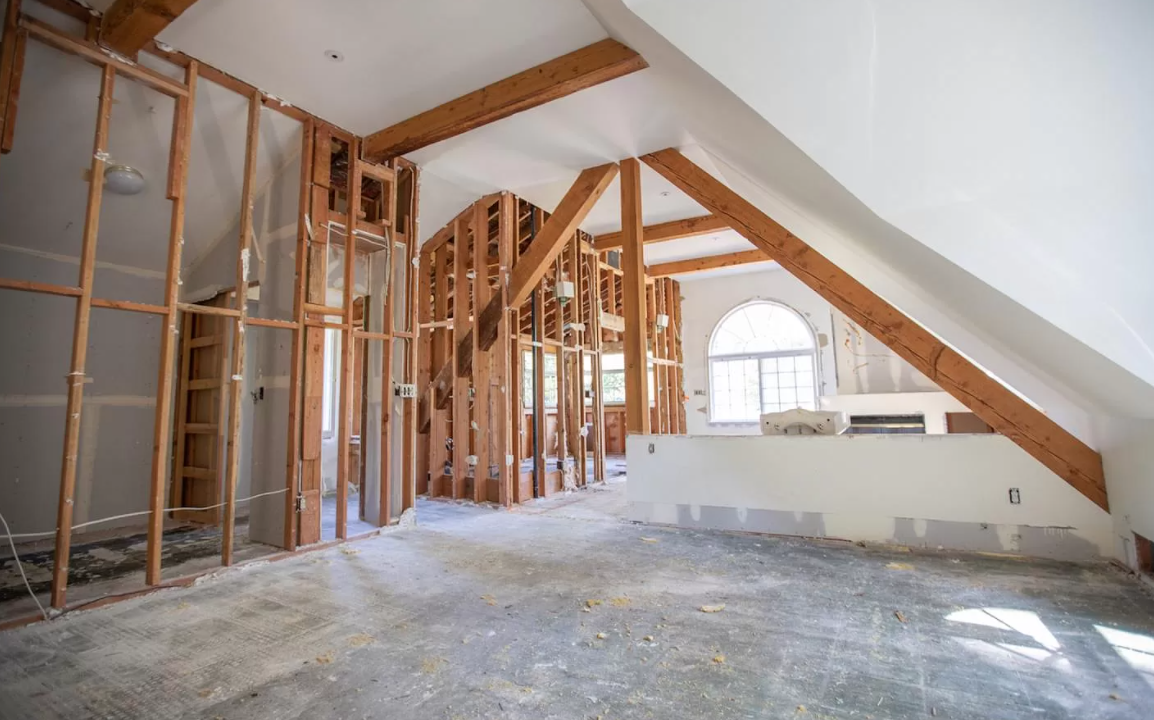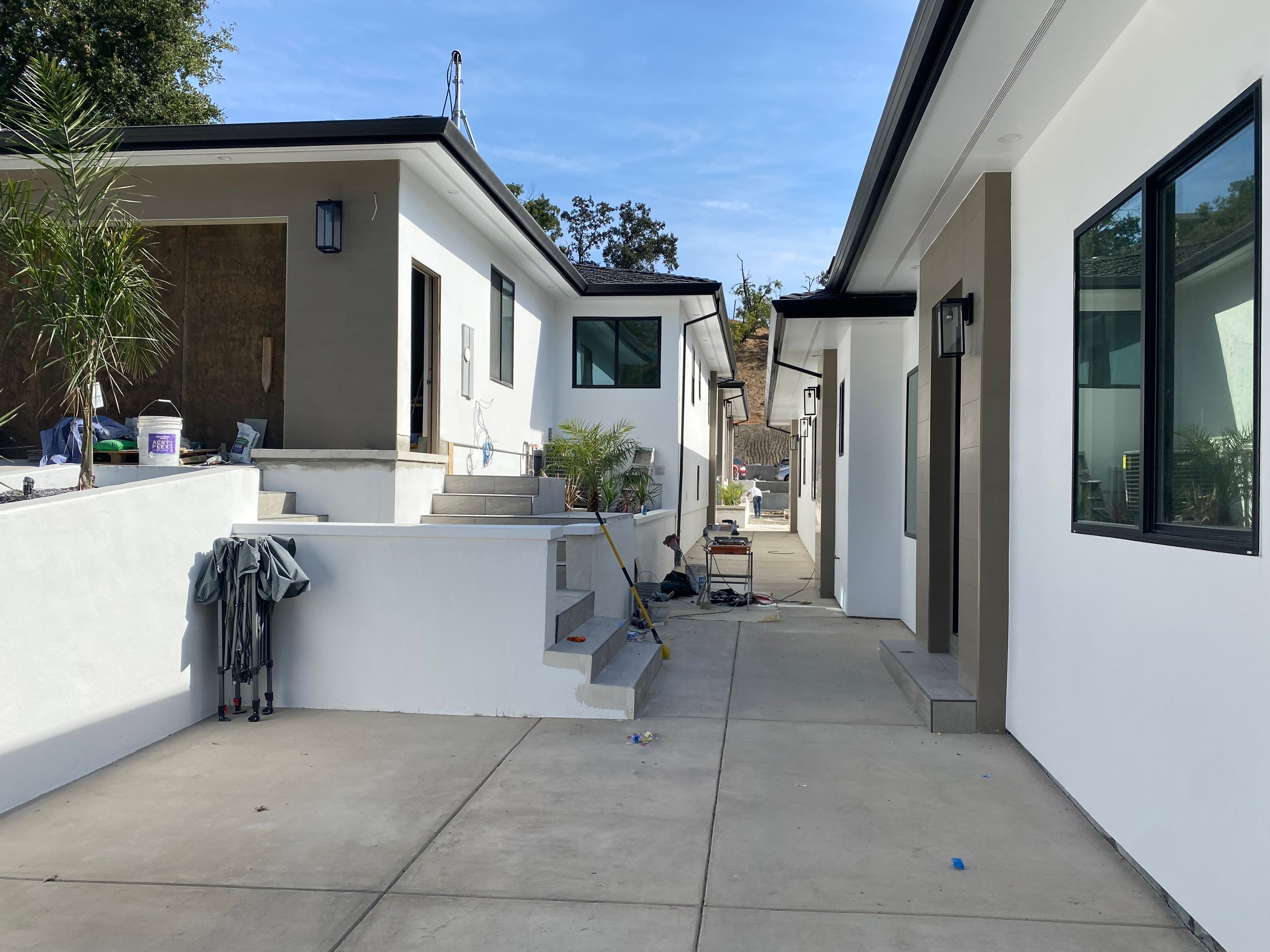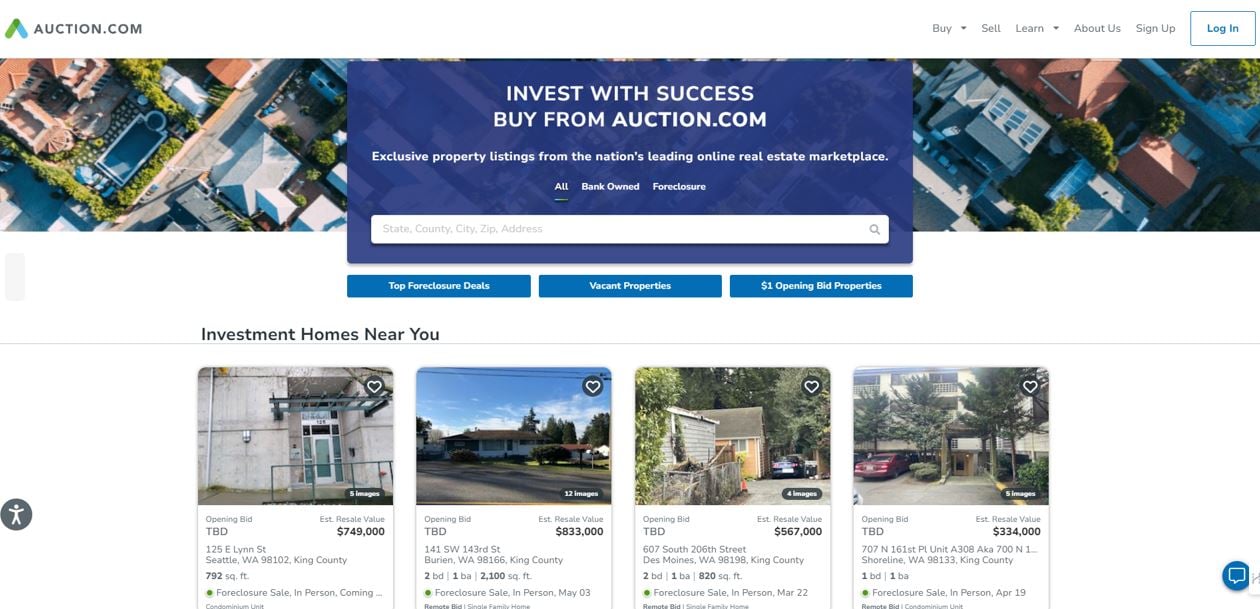The Elusive 100% LTV Fix and Flip Loan
If you’re cash strapped and in escrow to purchase your next fixer-upper, you might be searching online for a hard money lender to give you the...
7 min read
 Ted Spradlin
:
Feb 17, 2024 1:46:21 PM
Ted Spradlin
:
Feb 17, 2024 1:46:21 PM

Real estate investors have their choice of several private money lenders to help them acquire and renovate their next fix and flip project. However, not all lenders are the same. Certain lenders may be a better fit for a specific project or for an investor with extenuating circumstances.
This article will compare the two most common lenders for fix and flip loans — mortgage funds versus conduit lenders — addressing both advantages and disadvantages of each and why an investor may choose one over another.
A private mortgage fund is an investment pool that raises money from accredited investors and uses it to originate loans on real estate.
These loans are typically not available from traditional lenders, such as banks, due to the loan purpose (mid-construction completion, fix and flip, etc.), the property type (vacant commercial building or cannabis facility), or special circumstances (bank financing fell through last minute and closing is in two days).
Mortgage funds are run by a fund manager, who makes underwriting decisions on behalf of the fund’s investors while handling the day-to-day operations. Mortgage funds usually hold loans in their portfolio, passing along the interest rate yield minus management fee to the fund’s investors.
A fix and flip conduit lender is a mortgage company or mortgage lender that originates loans before packaging and selling them to investors in the secondary market, which includes pension fund managers, private credit investment funds, and insurance companies.
Since the early 2010s, the fix and flip mortgage market has been dominated by conduit lenders that originate high-leverage fix and flip loans, up to 90% loan-to-value (LTV) on the purchase and 100% loan-to-cost (LTC) on the rehab.
Most conduit lenders sell the new loans to a dozen or so secondary market investors. This means that most high-leverage fix and flip plus rehab loans wind up in the same place. The effect is that house flippers and rehabbers can expect comparable terms from lender to lender, with capital readily available to fund the next project.

Mortgage funds can differ significantly, varying in size and scope. Some mortgage funds are smaller local lenders, with$20-50 million in assets under management (AUM), which provide short-term bridge loans along with fix and flip financing. Other mortgage funds are regional (e.g. solely lending against California properties or only financing construction projects), and can have between $100 million to over $1 billion in AUM.
Mortgage funds can be an excellent option for fix and flip investors, but can be limited in what they provide.
Mortgage funds have the capability to fund large loans fast, sometimes in 24-48 hours. This is a huge advantage.
This speed is possible because they often forgo an appraisal report for an internal valuation (desktop review), call top real estate brokers for their input on the subject property and overall market and sub-market, and meet the borrower at the property for a site inspection.
Additionally, the decision making is handled by the fund manager or loan committee (3-5 people) who meet a few times a week to discuss loans.
For large fix and flip loans of $5-10 million and/or with a $2-3 million rehab budget, mortgage funds don’t require secondary market investor approval. If they like the deal and borrower's track record — and funds are available to lend — they can draft docs and fund the loan.
Another advantage mortgage funds offer is allowing fix and flip investors to include some of their other properties as additional collateral for the fix and flip loan, known as a cross-collateral blanket loan.
This assumes that the other properties have significant equity positions and aren't leveraged to the hilt!
Through a cross-collateral loan, investors can achieve higher leverage on the subject property, freeing them to keep extra cash on hand to pay rehab costs out of pocket instead of financing through the fix and flip loan.
When COVID hit in March 2020, the conduit fix and flip mortgage market froze when the dozen or so secondary market investors began offering 85 cents on the dollar for loans.
Most conduit lenders chose not to sell the loans at a loss, but held them on the books until the market returned. This meant that very few high-leverage fix and flip loans were available for the first 3-4 months of the pandemic.
In their place, mortgage funds stepped in, providing loans to fix and flip investors to acquire new projects during an uncertain time. Granted, the leverage was often lower, at 70-80% LTV on the purchase versus 80-90% LTV from the conduit lenders.
However, this gave experienced flippers who specialized in higher-end projects and had liquidity for larger down payments an opportunity to keep business moving forward — while the competition was stuck on the sidelines.
Many smaller mortgage funds only lend against properties in their area, because it's easier for them to disburse fix and flip rehab funds. We’ve worked with a few seasoned house flippers in Portland who like to borrow from a local mortgage fund that provides fast funding, little to no paperwork, and same day draw requests.
With draw requests, the borrower usually meets the fund manager first thing in the morning at the property to confirm that the invoices on the request match the completed work. By early afternoon, a wire hits the borrower’s bank account for the full amount to pay labor and material invoices.
Mortgage funds aren’t always the right option for fix and flip projects, as you’ll see below.
Most mortgage funds will stick to a hard LTV cap on their loans: some to a 65% cap and others extending to 70% and even 80% LTV of purchase price or as-is value. They must abide by the private placement memorandum (PPM) provided to their fund’s investors. In a PPM, lenders specify their credit policy (65% LTV, California-only properties, business purposes-only, etc).
A mortgage fund wouldn’t be able to persuade accredited investors to invest in a fund that originates low-leverage bridge loans capped at 65% LTV — and then go out and make 90-95% LTV fix and flip loans. It doesn’t work that way.
There are some local fix and flip funds that will do 90% on the purchase and 100% on the rehab for long-time borrowers. But, there aren’t many of these lenders in most markets.
If you can find a local mortgage fund offering 90/100 fix and flip financing, know that it’s going to be expensive money.
For example, a few of the Portland-area lenders that give returning borrowers high-leverage fix and flip financing often charge four points up front, with a 13.00% interest rate. In comparison, a conduit lender will price fix and flip loans at two points and 9.00%.
When the market slowed in 2023, due to the regional banks struggling with rapidly rising interest rates, mortgage funds experienced a significant decrease in payoffs as banks refinanced many private money bridge and construction loans. The impact of slower payoffs is less capital to make new loans. The loan-making capabilities of mortgage funds can grind to a halt, or a slow crawl.
One fund in California had historically received $80-90 million each month in payoffs. In 2023, the pace slowed to less than $25 million per month.
As a result, fund managers cherry-picked the best loans, often taking lower-LTV bank referrals over long-time house flipper clients.

Fix and flip conduit lenders operate a different lending model, where they originate loans, package them for sale to secondary market investors — and begin the process over again at the start of each month.
Below are the key advantages of fix and flip conduit lenders.
Unlike mortgage funds, conduit fix and flip lenders don’t rely on payoffs from property sales or refinances to make new loans. Instead, they churn out new loans, then immediately clear their portfolio (inventory) every month, replenishing their capital to make new loans.
This model works until major market disruptions (like COVID-19) cause the market to freeze and money to stop flowing.
As I mentioned above, conduit fix and flip lenders offer 80-90% LTV on the purchase and 100% LTC on the rehab. That’s the state of the market and has been for many years, minus the 3-4 months at the start of COVID.
It’s great for rehabbers, who can keep more cash on hand to scale their business by taking on another project or two using high-leverage debt.
Conduit fix and flip loan pricing is usually more competitive than mortgage funds because the conduit lender primarily makes money on the upfront fees, and earns a small interest rate spread on the monthly payment stream.
For example: a conduit lender may issue a fix and flip note rate of 11.00%, then sell the loan at 10.00% to the secondary market investor. They keep the 1.00% difference from the monthly payments.
This may seem small with just one loan.
However, compounded 50-100 times each month for twelve months in a year, it can amount to a few million dollars of additional revenue.
Conduit lenders aren't always the best option in every scenario.
It’s difficult to find a conduit fix and flip lender to do a cross-collateral blanket loan. They focus solely on single asset lending.
This single-asset focus is driven by the requirements that secondary market investors place on conduit fix and flip lenders. Secondary market investors have carved out this asset class and created a model that works with one loan secured by one property, not one loan secured by many properties.
If you’re used to texting your local fix and flip lender the address, purchase price and closing date of a property and getting immediate approval, the loan application requirements for conduit fix and flip loans could seem intrusive.
Conduit lenders underwrite the loans, verifying following criteria:
Once you’re approved, subsequent loans go pretty fast. The first one takes a few extra days plus additional documentation that mortgage funds don't typically require.
Conduit lenders outsource rehab inspections to third party fund control companies that either send an inspector to the property, or use a mobile app where the borrower and general contractor can verify that the completed work matches the invoices.
This takes 5-7 days. To borrowers with local fund managers that can turn funds around within hours, this seems like an eternity.
It’s not. It’s just a different process.
Conduit fix and flip lenders usually make loans in a few dozen states and mostly in major metropolitan and suburban areas. Because of this business model, they know 5-10 markets really well and can quickly figure out other major metro markets.
If a property is just outside the urban or suburban ring — such as an up-and-coming area being annexed into the urban growth boundary — they may be unaware of the opportunity and pass on the loan, fearing the density is too low.
On the other hand, a local mortgage fund manager would know the location, zoning and future development, and be more likely to lend against property in an up-and-coming area.
Every lender brings their own expertise into the mix.
Rehabbers and investors may sometimes need to decide between a mortgage fund or conduit lender for a fix and flip loan. The majority of fix and flip financing scenarios — properties in major metro areas with lots of comparable properties — are well suited for a conduit lender.
For land being annexed and rezoned into up-and-coming areas, a regional or local mortgage fund may be better positioned to fund a fix and flip opportunity. Mortgage fund managers understand local market dynamics and can quickly provide the financing to capitalize on an emerging area or enhance the value of a property or properties.

If you’re cash strapped and in escrow to purchase your next fixer-upper, you might be searching online for a hard money lender to give you the...

A few years ago, an experienced house flipper was referred to FCTD for high-leverage fix and flip financing on their upcoming project. This rehabber...

If you’re a real estate investor interested in using fix and flip financing to acquire Auction.com listings, we have all the information you'll need...